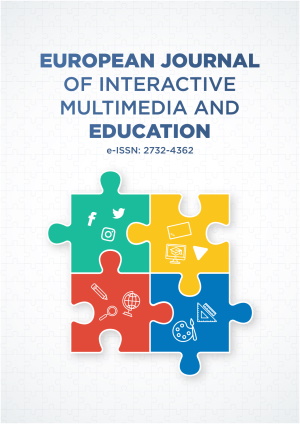Volume 2, Issue 2, July 2021
Research Article
European Journal of Interactive Multimedia and Education, 2(2), July 2021, e02108, https://doi.org/10.30935/ejimed/10909
Research Article
European Journal of Interactive Multimedia and Education, 2(2), July 2021, e02109, https://doi.org/10.30935/ejimed/11000
Research Article
European Journal of Interactive Multimedia and Education, 2(2), July 2021, e02110, https://doi.org/10.30935/ejimed/11133
Research Article
European Journal of Interactive Multimedia and Education, 2(2), July 2021, e02111, https://doi.org/10.30935/ejimed/11259
Research Article
European Journal of Interactive Multimedia and Education, 2(2), July 2021, e02112, https://doi.org/10.30935/ejimed/11260
Research Article
European Journal of Interactive Multimedia and Education, 2(2), July 2021, e02113, https://doi.org/10.30935/ejimed/11288

 The articles published in this journal are licensed under the CC-BY Creative Commons Attribution International License.
The articles published in this journal are licensed under the CC-BY Creative Commons Attribution International License.